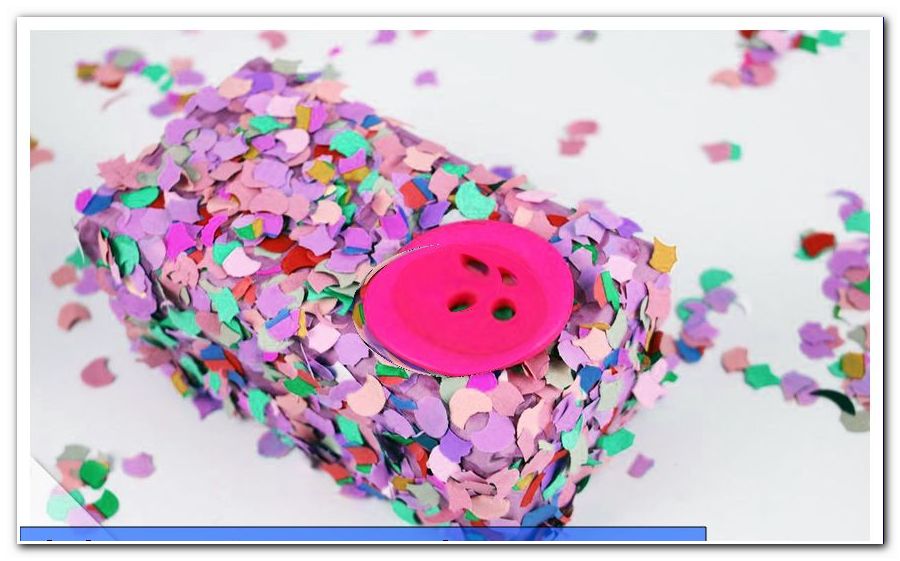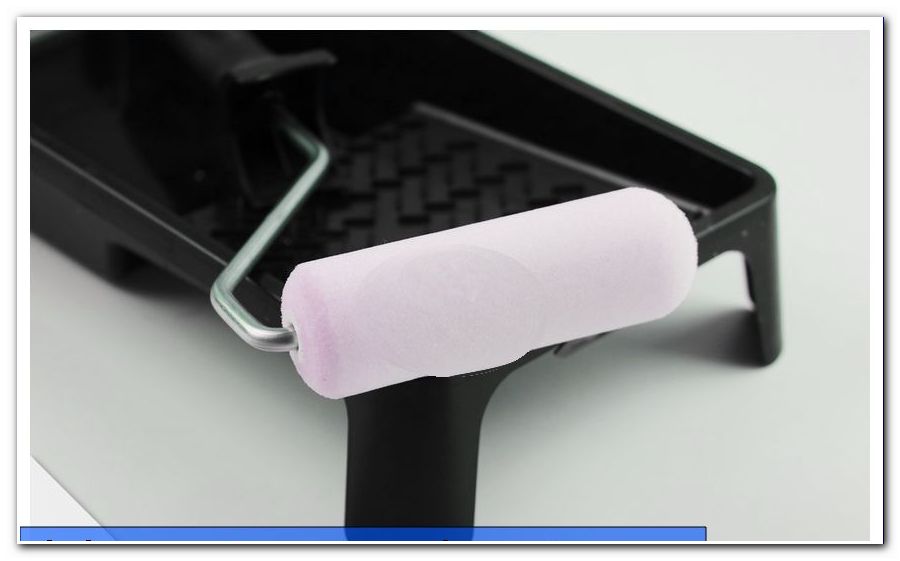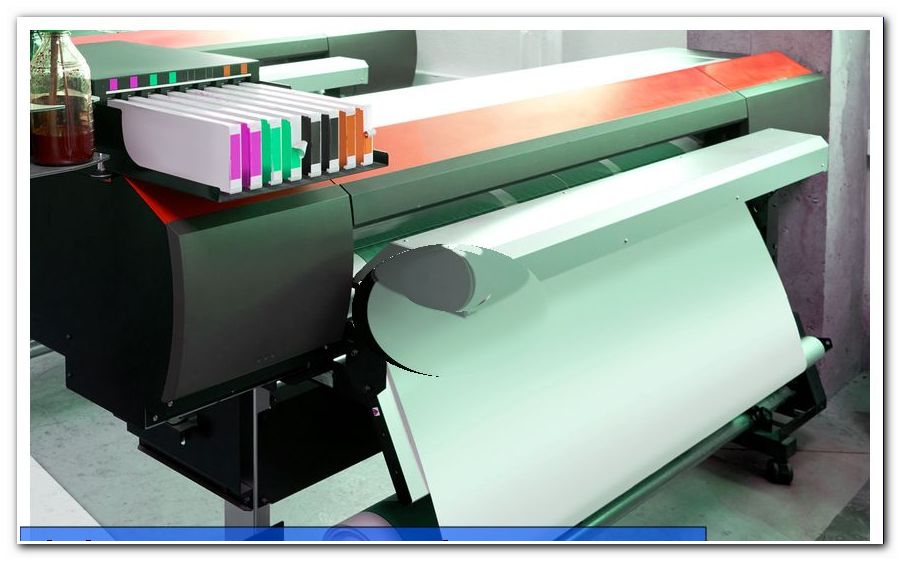Hydrangeas overwinter - this is how the best care in winter looks

- Hydrangeas hibernate in the garden
- 1. It depends on the type and variety
- 2. In case of doubt winter protection
- 3. Winterize hydrangeas in the tub
- 4. The best care in winter
Hydrangeas can be wintered with us, but the best care is often a good winter protection, because a hydrangea our climate is actually not really grown. In the article you will find out which hydrangea tolerates which cold and how best to protect it. Hydrangeas can overwinter in the garden with us, it depends only on which garden and which hydrangea. Among the dozens of hydrangea species are hydrangeas that can overwinter almost anywhere in the world, quite a few of them also in German gardens, but not all in all German gardens:
Hydrangeas hibernate in the garden
1. It depends on the type and variety
Hydrangeas are always sold as "good winterhardy", but not all are really, especially not as young plants. Below are listed most of the hydrangeas available in ascending maximum winter hardiness:
- Evergreen climbing hydrangea, Hydrangea seamannii: USDA hardiness zone 8a (down to -12.2 ° C)
- Fur Hydrangeas, Hydrangea villosa: USDA Hardiness Zone 7a (up to -17.7 ° C)
- Giant Hydrangea Hydrangea aspera Macrophylla: USDA Hardiness Zone 7
- Shrub hydrangeas, Hydrangea involucrata: USDA hardiness zone 7 to 6
- Fur hydrangeas, Hydrangea aspera, USDA winter hardiness zone 7a, also indicated for zone 6, variety "Hot Chocolate" to 5
- Mountain Hydrangea, China Hydrangea, Hydrangea heteromalla: USDA Hardiness Zone 6, 5, 4 depending on variety
- All common hydrangeas, Hydrangea macrophylla, hardy to USDA hardiness zone 6
- And thus only in the milder areas of Germany and with a slight winter protection (from mulch, brushwood) sufficiently hardy ...
- In young plants, however, often single shoots freeze, especially in late frosts
- They can be cut out in the spring (beginning of the shoot) without consequences
- The real plate hydrangeas, Hydrangea serrata, should be able to do a little more
- They are sometimes classified as USDA hardiness zone 5a (coldest German areas, -28.8 ° C) and sometimes hardy zone 6
- The cultivar 'Blue Billow' should be particularly cold-resistant, other Hydrangea serrata should get some winter protection in case of doubt
- Oak Leaf Hydrangea, Hydrangea quercifolia: USDA Hardiness Zone 5b (to -26.1 ° C) or 6a (to -23.3 ° C)
- Climbing Hydrangea, Hydrangea petiolaris, for USDA Hardiness Zone 4a (to -34.4 ° C) to 5
- Forest Hydrangea, Hydrangea arborescens: USDA Hardiness Zone 4
- Panicle hydrangea, Hydrangea paniculata: USDA hardiness zone 4
- Velvet Hydrangeas, Hydrangea sargentiana: USDA Hardiness Zone 3a (to -39.9 ° C)
No. a is called a bit more cold than b, but in most hydrangeas, there are anyway more information, and the location of the plant, its hardening and the microclimate in your city / in your garden is still important. But it is worthwhile to compare the winter hardiness zone of your place of residence with that of the desired hydrangea, for the German gardens are after all over seven hardy zones (5b, maximum minus 26.1 ° C, up to 8b, not more than minus 9.4 ° C ) ...
2. In case of doubt winter protection
If you are still in the horticultural market, the above information will help you buy hydrangeas with botanical names and hardiness ratings from a retailer.
1 of 6





If the hydrangea is already planted, there is only adequate reaction: If you have a "nearly hardy" garden hydrangea on the storm-driven alpine meadow high in the cold mountains settled, just gets a magnificent winter protection, in the root area always, with good insulating material, In very harsh winters, the crowns should also be protected with insulating material, so that as few shoots as possible die off (these hydrangeas should go into winter with all shoots and the first few years are best not to be trimmed). Even late frosts in spring can freeze young shoots with flower buds, a cover could prevent that.
Even if you have planted a Siberia hydrangea sargentiana in a region with a mild vineyard climate: young plants are plant-children, and just as tender and sensitive as children are, who are still in the midst of developing their resistance.
If the hydrangea is then fully grown, it survives the winter in the field without winter protection, if planting place and winter hardiness of the hydrangea match.
3. Winterize hydrangeas in the tub
Hydrangeas in small tubs (smaller than 30-40 cm in diameter) should be kept in a frost-free place, in a cold place with temperatures between 3 and 5 ° C. If they are to be planted as adult plants, they should get accustomed to a little more of the cold every year, put in later, put out earlier, slightly lower values in winter quarters.
Hydrangeas in tubs larger than 40 cm in diameter can be wintered in the garden with winter protection, in a location protected from the wind where they are not illuminated by the sun.
The tubs should be thick-walled and additionally covered with thick burlap or other insulating material (also below), so that the earth does not freeze even with prolonged frost.
4. The best care in winter
The best care you can give a hydrangea in winter is tranquility. It is not fertilized, poured only so much that the root does not dry out, it wants to experience neither wind nor temperature changes (except the natural) nor any other excitement.
However, if you only have a place for a tub hydrangea to get the sun, you will need to check the moisture of the tub soil and water if necessary, when the winter is frost-free.




